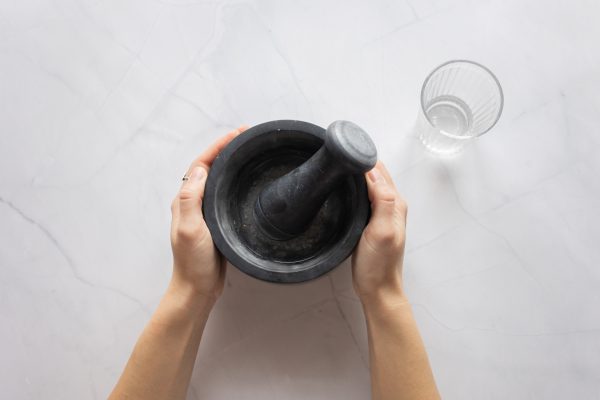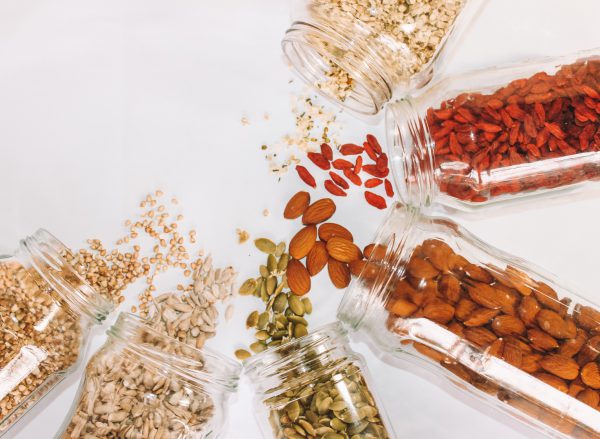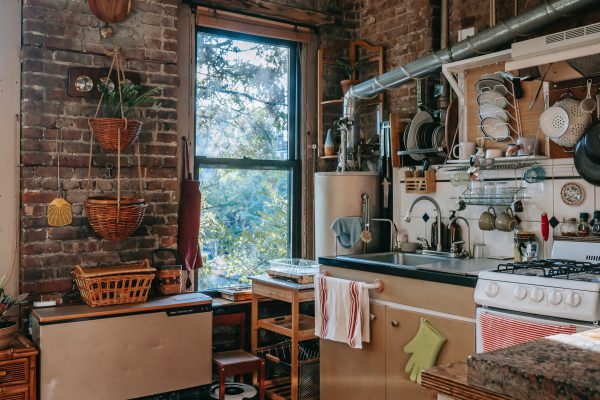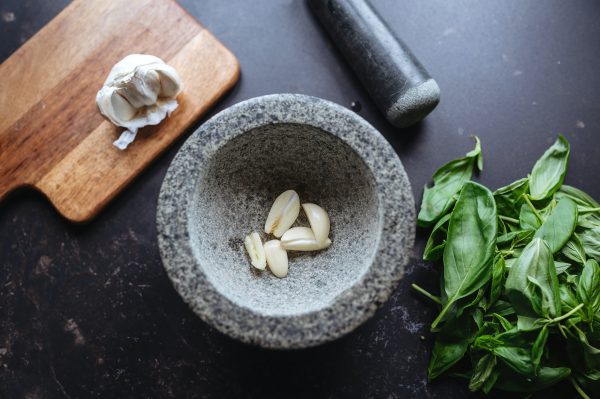Last Updated on December 23, 2022
Would you go to the market, get two bags of food, and then throw one of them in the garbage on your way back home? No, of course not, what kind of silly question is that? Although this seems absurd, up to one-third of all food and almost half of all the fruits and vegetables end up in the trash every year, one way or another.
Food waste is a drain on our budget and the world’s limited resources. If you want to put your leftovers to good use and help the planet while improving your household economy, read on.
How Bad of an Issue is Food Waste?
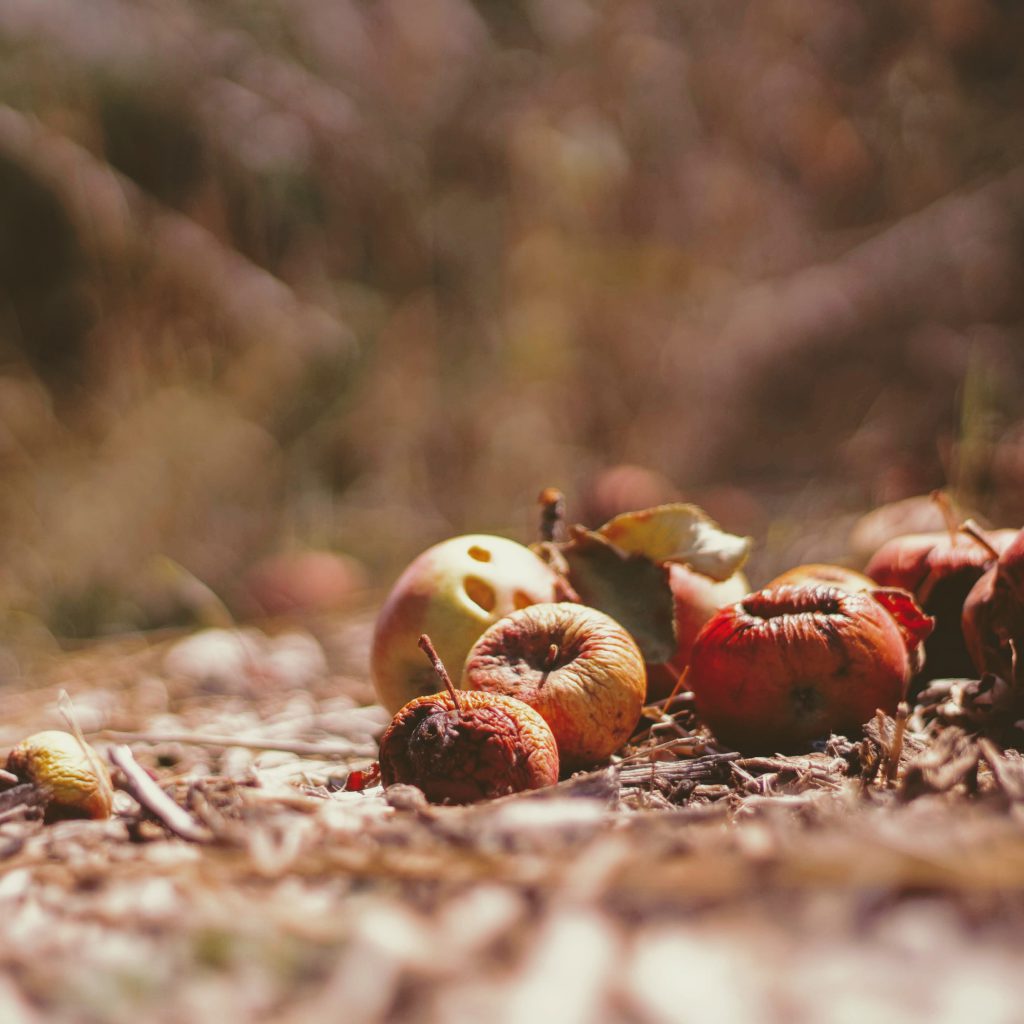
Excessive food production and food waste are known to cause a major environmental problem, making up for around one-third of the carbon we emit globally every year. It takes a lot of land, energy, water, and capital to produce food, contributing to the carbon footprint issue.
This means that when we throw away a perfectly edible piece of vegetable, we also throw away the resources used in its production and transportation. So even if you recycle your organic waste, it’s not a sustainable way of handling food.
Even though eliminating food waste at the household consumption level isn’t enough to overcome the global food waste problem, it’s still a step taken in the right direction and can lead to more serious conversations about climate change, sustainability, and food equality.
It’s perfectly okay to change things slowly rather than to fall into despair. Therefore, it’s about time we start discussing how we produce, distribute, market, and use food. Because even if it looks like we can’t solve the problem individually, consumers have great power to collectively shape the market.
How to Be a Better Consumer?
It’s easy to forget that we, as consumers, have power over the production and distribution of the items we consume every day. How? By studiously choosing what we spend money on. The thing is, when there’s no demand for an item, its production chain is interrupted and eventually comes to a halt. Consumer choices can influence production and supply chain management in the long run and even help the planet.
The best way to reduce kitchen waste is to stop buying excess food. It sounds simple in theory but gets tricky in practice. Planning your weekly grocery shopping in advance is a good place to start. You can also keep track of your fridge, make weekly meal preparations, and avoid shopping on an empty stomach.
Still, even if you stick to these habits, you’ll end u with some leftover food in your fridge every once in a while. Below, we’ll give you tips on tackling these leftovers and putting them to good use.
One Day’s Dinner Is Another Day’s Lunch
The thought of repurposing leftovers can be daunting. If you tend to steer away from leftovers, that’s perfectly normal, and you’re not alone. Having said that, repurposing leftovers is also a great way to save time and money. Once you embrace them, they can turn into resources that let you create a full-on dinner in a snap.
Here are some ideas to inspire you.
Roasted Meat
One of the easiest things to incorporate into other dishes is roasted meat, whether chicken, lamb, or turkey. You can make heavenly sandwiches with some leftover roast or add the meat to fried rice, vegetable soups, or pasta sauces.
Once all the meat is gone, don’t forget to make a broth out of the bones that you can keep in the freezer and add to dishes like rice, soups, casseroles, and braises when the time comes.
Rice
Do you have some leftover rice in the fridge? It’s a great opportunity to make a bowl of delicious fried rice, as cold rice fries better than hot — or even lukewarm — rice.
To make the perfect fried rice, sautee some vegetables – typically onions, peas, carrots, or zucchini – and add some garlic. You can also use leftover stir-fried veggies if you happen to have some at the moment. Once the veggies are cooked, push them to the side of the pan. Coat the pan with oil or butter, and add the rice with soy sauce or oyster sauce. Stir everything together until they turn golden, and it’s done. You can top it with chives, sesame oil, or scrambled eggs.
Another way to use leftover rice is to add it to a soup. And if you’re craving something sweet, you can also turn the leftover rice into rice pudding by combining it with milk and sugar, as long as it’s plain.
Pasta
A bowl of delicious pasta with Italian tomato sauce can make anyone drool. Still, the enthusiasm disappears at the same speed when it comes to making a dish with some leftover pasta. Yet, repurposing leftover pasta is as easy as cooking too much pasta — a mishap we are all guilty of from time to time.
It’s easy to repurpose pasta if it’s bland. If you notice you cooked too much, put the extra pasta aside before mixing the rest with the sauce. Once you have plain pasta, a handful of simple recipes unlock.
The first one is Italian frittata. Simply combine the last night’s pasta with olive oil, eggs, cheese, black pepper, and salt and fry until golden brown.
Another thing you can do is make a pasta salad with fresh veggies, or go for a creamy Greek pasta salad with yogurt.
If you didn’t save your pasta on time and it now has sauce in it, you can add it to a soup — like minestrone soup.
Pasta casserole is another tasty dish you can put together quickly. Add some vegetables, meat, mushrooms, or cheese, and of course, spices with the pasta, toss it into the oven, and enjoy your entirely new dish.
Bread
When a loaf of bread dries out, you can save it by dampening and heating it in the oven (at 180 °C for about 5 to 10 minutes).
If you have stale bread slices, another option is to make croutons to top soups and salads with. You can simply make croutons by chopping the bread slices into small cubes and baking them with some olive oil and aromatics like garlic, oregano, thyme, basil, salt, and pepper.
If the stale bread is too hard to slice into small cubes, toss it into the food processor and turn it into breadcrumbs. You can store them in a glass jar in the refrigerator and use them to cover chicken or vegetables for deep fries. You can also add them to casseroles or mix them with minced meat, eggs, and spices to make some Turkish meatballs.
Stale bread slices are perfect for french toast and a great addition to a French onion soup.
Roasted or Steamed Vegetables
Roasted or steamed vegetables taste great the next day, and you can add them to many different dishes.
You can add them to pasta with a glug of olive oil and some cheese, or make a grain bowl with barley, polenta, quinoa, or farro and top it with roasted veggies. They are also a great addition to soups and stews for some extra flavor — just make sure you toss them in when the cooking process is almost over.
If a pureed vegetable soup with some chicken broth sounds appetizing, bring the vegetables to a boil in some water or broth and then run everything through an immersion blender. Adding a little cream and keeping the water short can result in a mouthwatering vegetable puree.
Make Friends With Bechamel Sauce
You can make delicious casseroles and lasagnas with some bechamel sauce and leftover roasted meats or vegetables. If you add some cheese and minced meat to the leftovers and put everything in between lasagna sheets, you’ll have a rich lasagna. Or top the leftovers with some cheese, bread crumbs, and herbs and toss it in the oven, and you’ll have a delicious casserole.
Have a Repertoire of Inclusive Recipes
Practicing new recipes is a fun and delicious way of using leftovers. Once you learn what to do with the leftovers, you won’t even see them as leftovers anymore. They’ll be the ingredients for your next meal.
You can invent different kinds of bread and salty cakes. Simply mix up a cake batter without sugar and add any leftover raw vegetables and herbs that’ll otherwise go bad with some cheese, sesame seeds, and black cumin. You’ll get delicious bread with lots of flavors. It’s a perfect way to get rid of perishables in the fridge and make room for fresh ones.
Another great way to use your leftover pasta, rice, noodles, vegetables, ground beef, roasted poultry, hard-cooked eggs, or even fish is to add them to a casserole dish. Select one meat, one vegetable, and one starchy ingredient and flavor the dish with seasonings. You can add chopped celery, onion, olives, basil, thyme, rosemary, and cheese — you can go for all the cheese you want.
Keep an Organized Fridge
If you store your produce properly, you can extend its shelf-life. There are different temperature zones in your fridge. Some compartments preserve moisture while others dry out the stuff. Some vegetables are better off in a bag or a wrap, while others stay fresh longer when unpacked.
How long your produce will last also depends on how clean your fridge is. If something goes bad in there, mold spores can spread around in the fridge, contaminating the food you put in it, even after you take out the stuff that has gone bad. Therefore cleaning the fridge regularly is essential. It’s also quite easy: just wipe every surface with vinegar.
This also helps you keep track of what’s in your fridge and keep it organized. We all leave a sad tupperware in the back corner of the fridge from time to time. To eliminate this, use glass containers and jars to store leftover food so that you see what’s in it each time you open the fridge.
Use the Freezer
You can reduce the waste you produce in the kitchen by making the best out of your freezer. Vegetable scraps that you accumulate over time can make a beautiful broth. Cooked rice, beans, legumes, and grains can be frozen until the next time you need some. You can freeze many things – even breakfast food like pancakes – so it makes more sense to talk about what you shouldn’t freeze.
Vegetables with high water content, such as cucumbers, lettuce, celery, and radish, don’t freeze well. Also, cream-based products like yogurt, custard, and cream change consistency when frozen.
While hard cheeses can be frozen safely, soft cheeses won’t turn out well when you take them out of the freezer.
Another thing you shouldn’t freeze is fried food, as it’ll turn out thawed and soggy when you unfreeze it.
And lastly, sauces and gravies thickened with starch or flour separate when frozen.
Over and Out!
Repurposing leftovers is easy when you know how to store and make new recipes with them. Here we shared some tips and tricks with you to make the most out of your grocery shopping, which will benefit both your budget and the environment.











